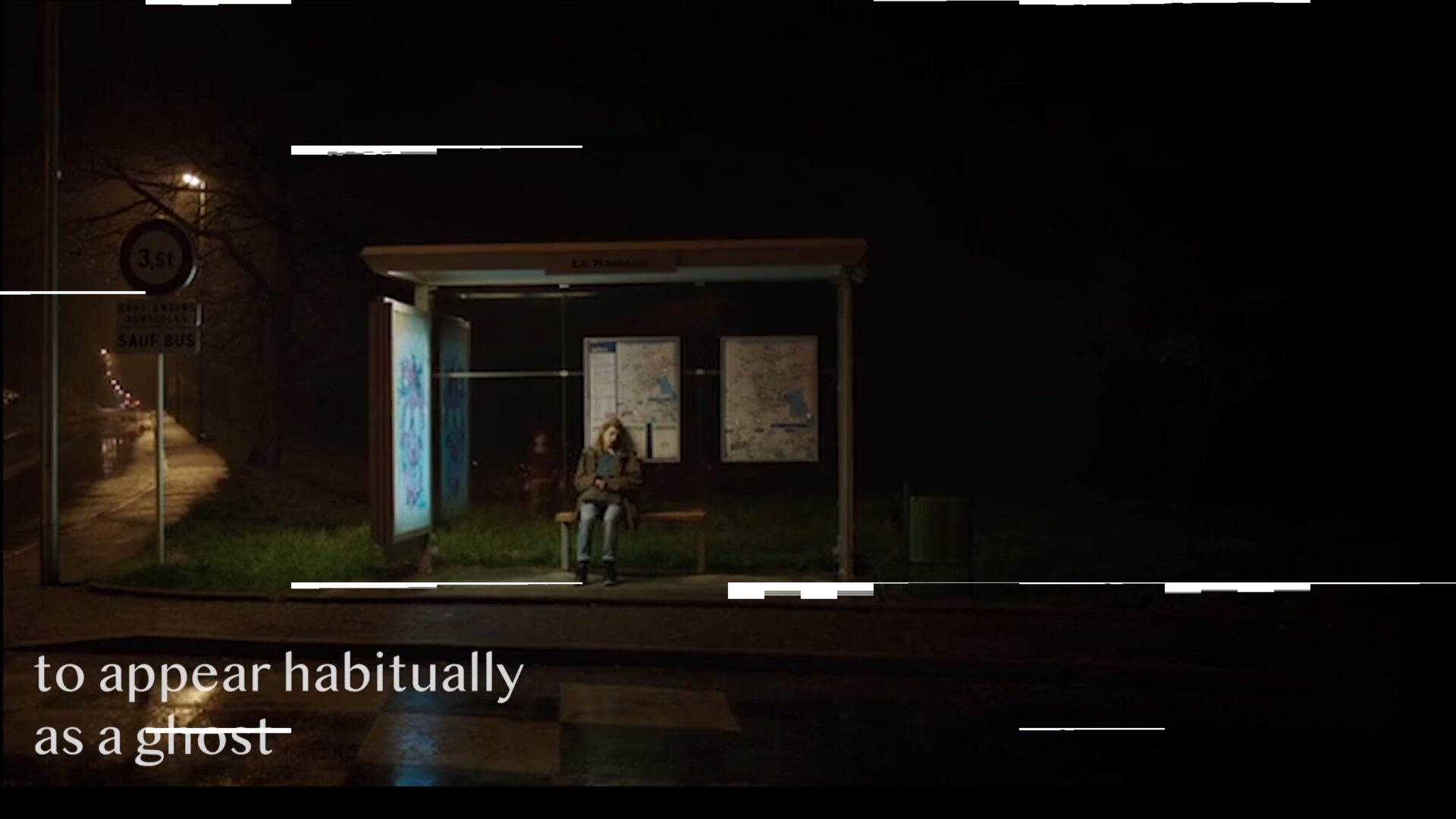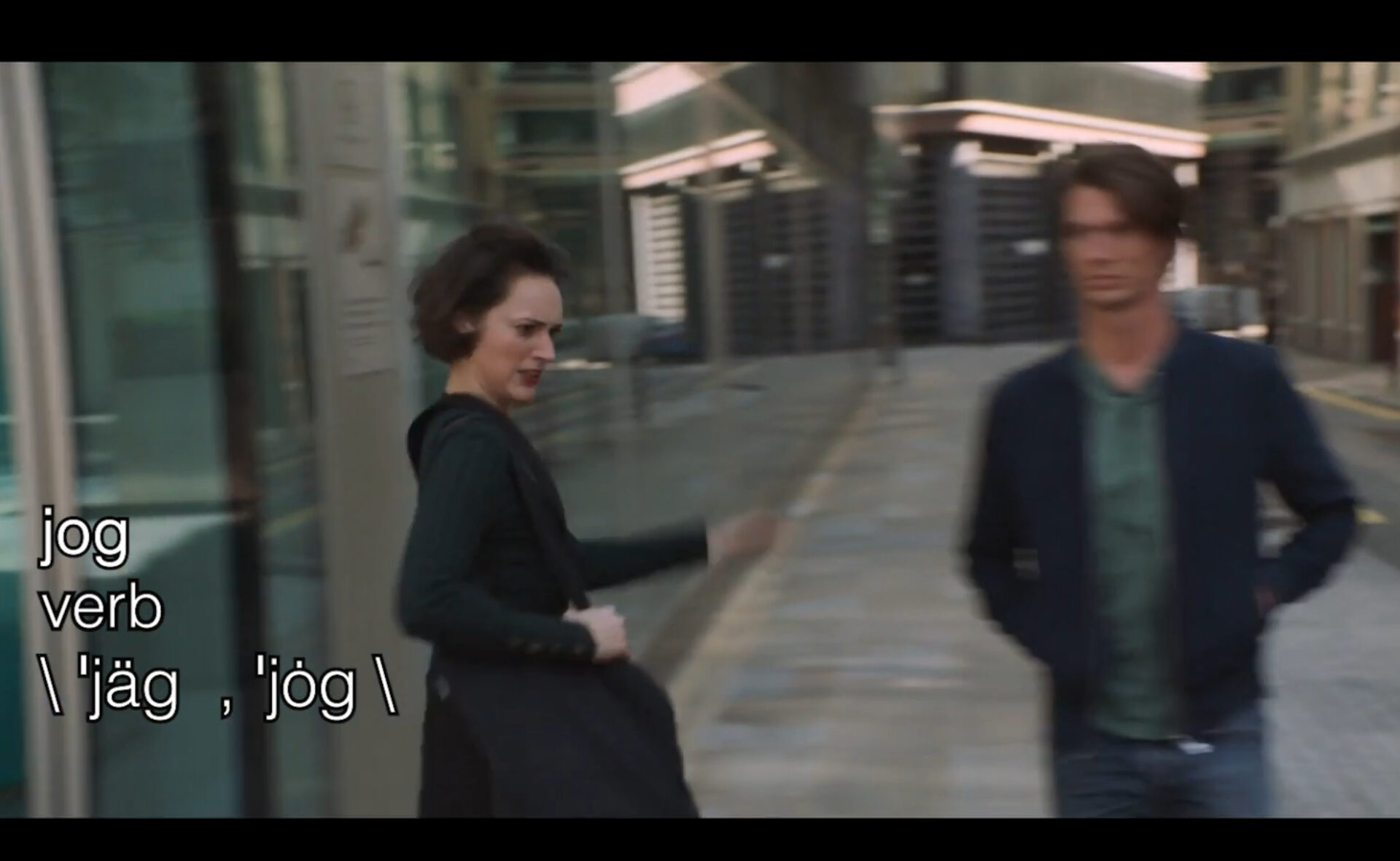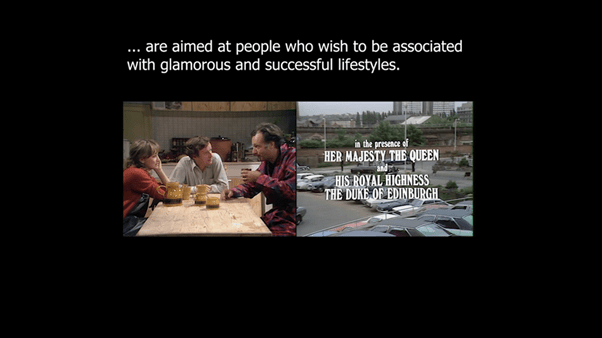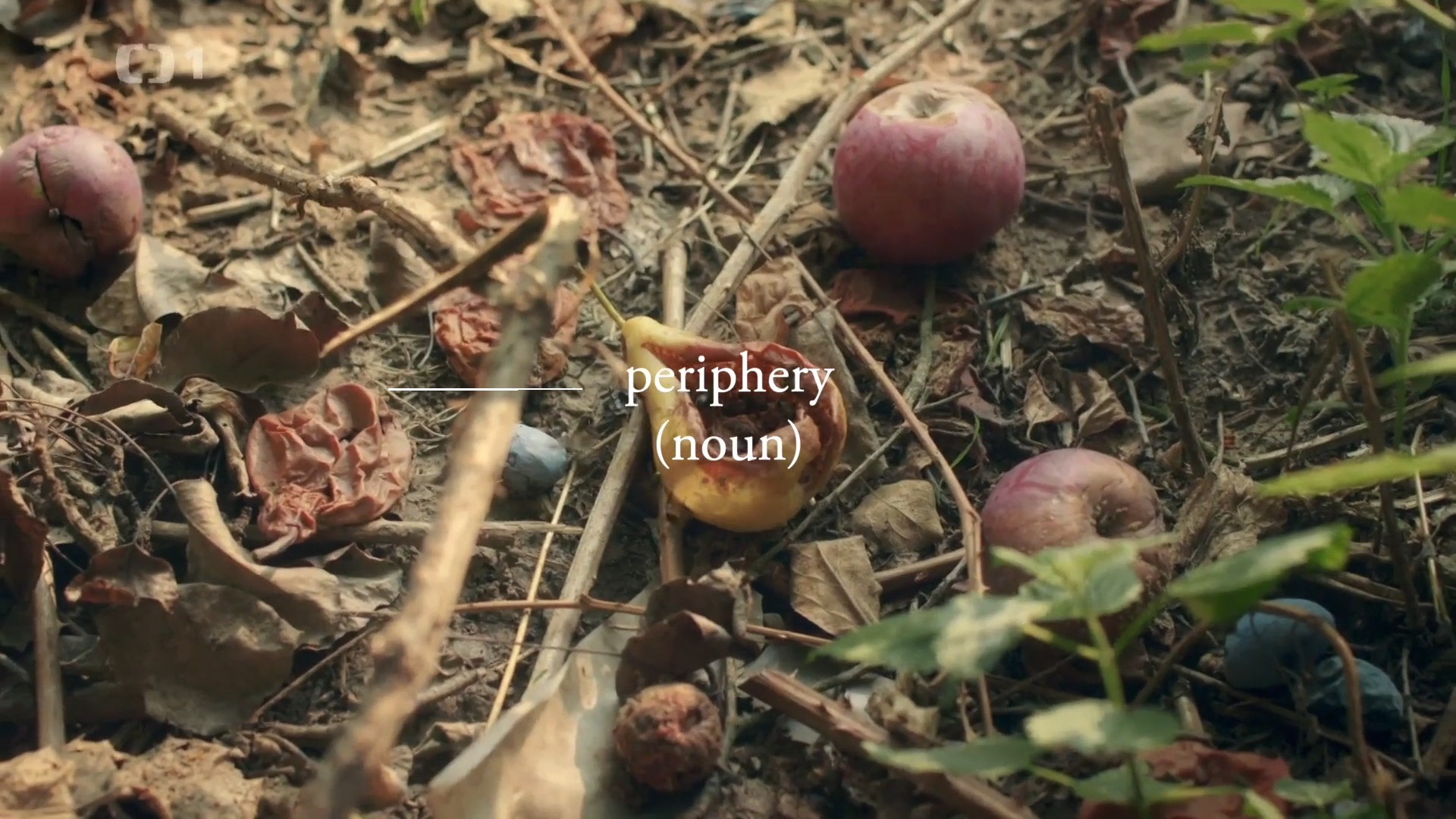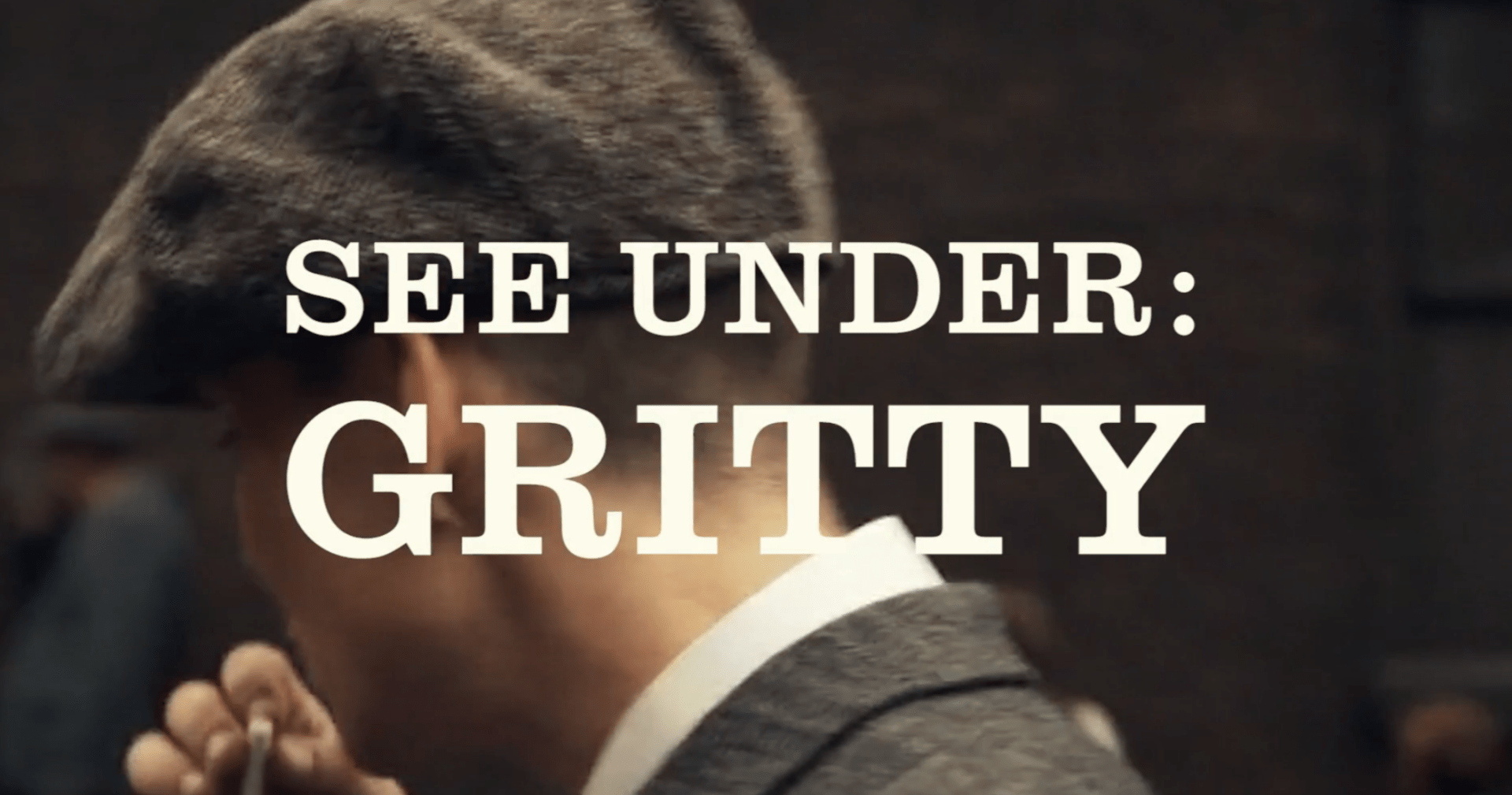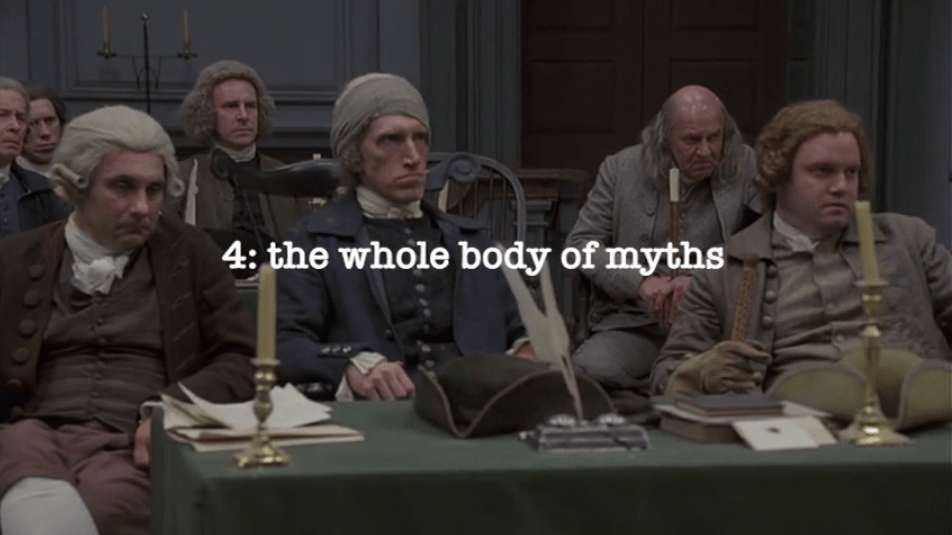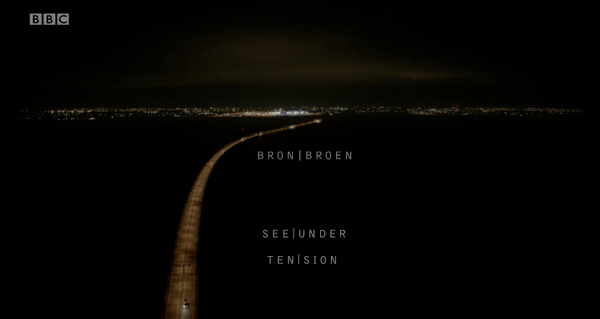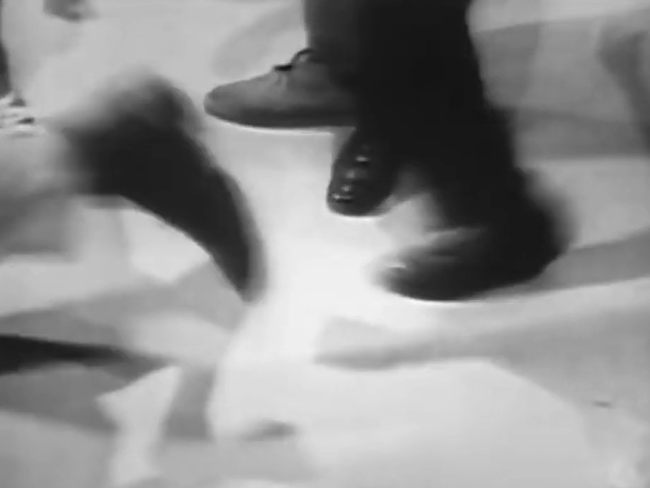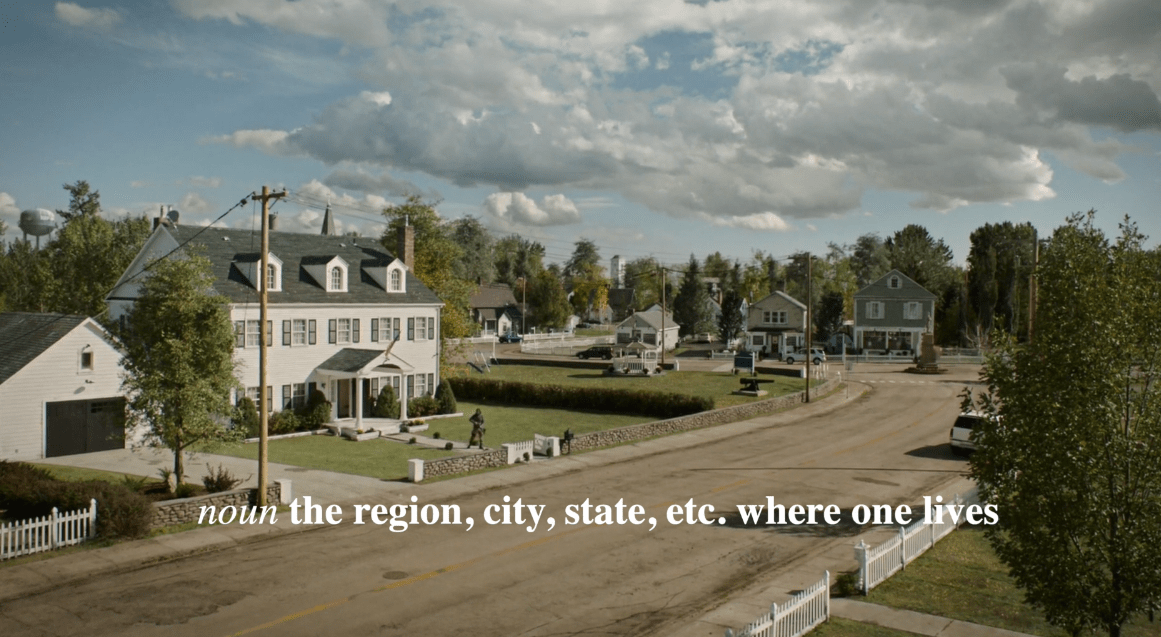
Using a distinct but, to my mind, representative episode from the series, I enjoyed drawing out the way The Last of Us engages with meanings and configurations of home. “Home,” as the first part of my video essay suggests, can constitute a safe space, sometimes a place of active retreat from danger.

